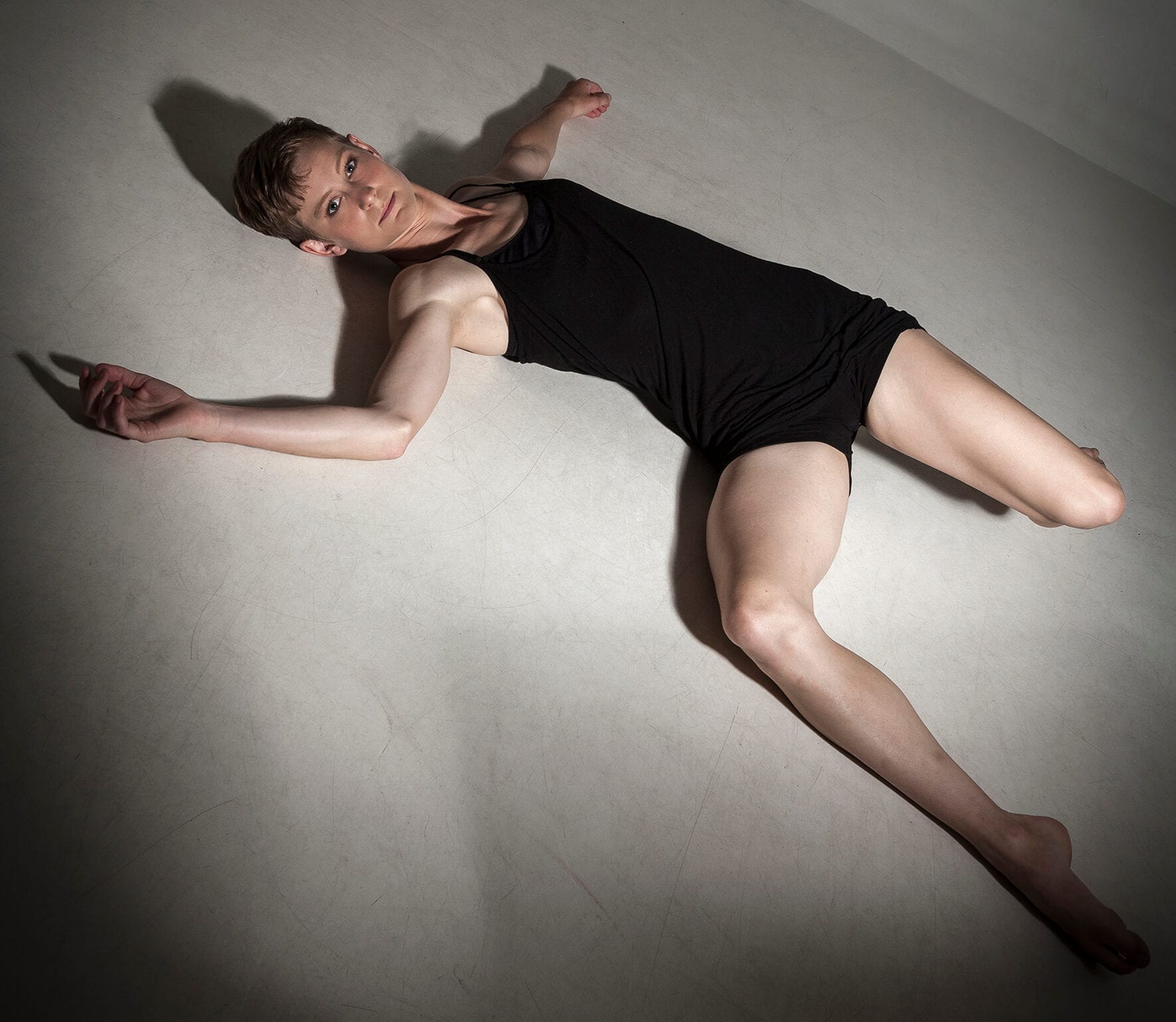The point at which it last made sense is one of those rather awkward performances to write about; you know that you should have found it profound, engaging, fascinating, (insert any other rather vague but complimentary adjective here…), but instead it just didn’t quite click for you. The concepts have the potential to be exciting: an exploration of beauty; a critique on the absurdities of advertising; a questioning of how we see and use the human body; and an integration of the physically able and the disabled. And the choreographers, performers, and creators have clearly felt and cared deeply about the work. Perhaps it was the strangeness of the style or the multi-iteration structure that ended up producing a performance that felt unfinished – they still needed to say something but weren’t quite sure how to say it.
The opening, a bizarre but touching little auction of a bag of popcorn – eventually selling for the grand sum of £29, sets the tone for a work that will play with our concepts of advertising and the persuasive world of words, images, and manipulation. This leads smoothly into Michael Turinsky, a physically disabled dancer, choreographer, and philosopher, explaining or questioning his ideas about the beauty of the body and our understanding of its role in the advertising culture. The dancer, Marlieke Burghouts, enters and walks slowly across the stage, stopping still for moments while her image is projected on a massive bill board scale across the back of the stage. The use of film features heavily throughout the performance, images of eyes, faces, and bodies presented in their natural and also edited forms. The rather disturbing image of two sets of legs, joined at the hips and facing both up and down, exposes some of the absurd manipulations in the advertising world.
While dance is certainly a major form of this performance, the choreography is frustrating in its refusal to really begin, as well as its highly unsatisfying fading out into nothing after you are given a taste of something exciting. Again, perhaps I am missing the point and the choreography is intended to be a critique on the advertising world’s constant idealisation of the human form and its desire to satisfy our cravings for perfection. Even so, I felt cheated out of something beautiful – Burghouts is clearly a stunning dancer with utter control and strength, but the audience is denied that pleasure for more than a moment.
Turinsky and Burghouts have moments of stillness together as well as an usual mirroring dance that visualises the interplay between physical strength and physical perseverance. This connection between these two strikingly different dancers is the highlight of the performance and it would be truly fascinating to see how they came to produce those movements together. The thought process behind the whole evening is an important one and I hope the production will continue to develop and find inspiration.

